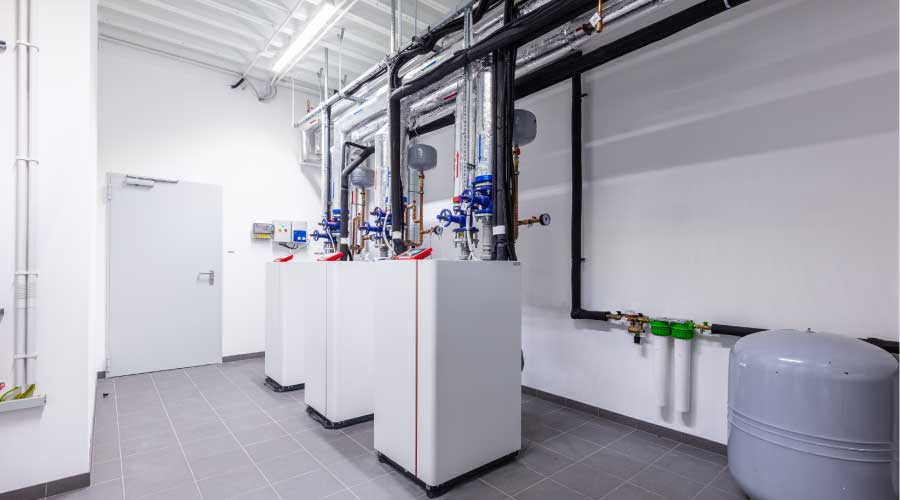HVAC Commissioning Fosters Energy Efficiency Over A Building's Life
How can the initial HVAC commissioning help form the backbone of a systematic process of ongoing, regular commissioning strategy over the life of the building?
Commissioning through the construction process validates that the facilities systems are set up correctly and operating to satisfy the expectations of the owner, validating the OPRs have been met. By encouraging the FM staff to participate in the validation process, an owner provides the staff with an understanding of how individual systems operate, interface and integrate in a ”whole building” that operates effectively and efficiently. An important deliverable provided by the commissioning process is the building systems manual, sometimes called the re-commissioning manual. In addition to narrative describing efficient operating strategies for the building, the systems manual includes parameters for calibration, flow settings and pressure settings as recorded when the building was commissioned. The systems manual should contain test and balance records and records of commissioned control system set points, design narratives, applicable code requirements, and maintenance procedures for equipment and systems. The manual should also contain blank copies of the system Functional Acceptance Test scripts to be used by FM staff or a future commissioning agent to periodically validate the performance of systems using the records of original tests as a benchmark.
In short, a robust commissioning process gives the building a much better chance of operating in way that will reduce operating costs and complaints, lower energy bills and stabilize environmental conditions for the occupants. A full commissioning process provides a third-party review and assessment that is a crucial part of the QA/QC process.
Related Topics:














